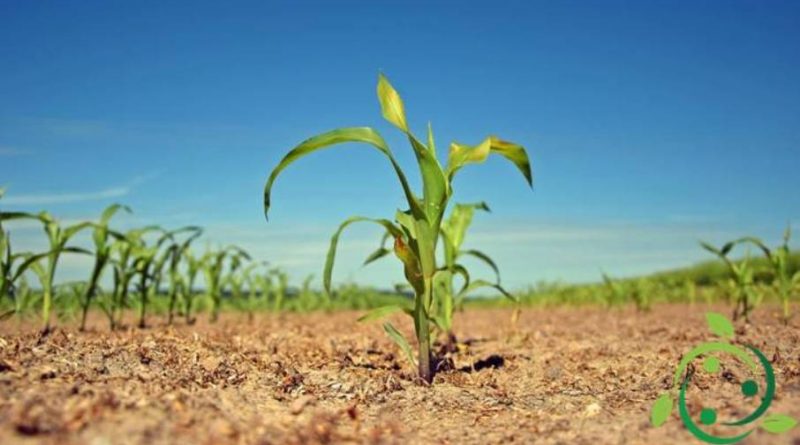Role of silicon in plants
Role of silicon in plants
Silicon (Si) is a microelement for plants but is present in very large quantities in soils (second element present in the earth after oxygen) but is very little or not at all comparable to plants. Silicon is easily absorbed by plants only in the form of ortho-silicic acid (Si (OH) 4). Its transport from the roots through the lymph occurs mainly in the cells of the most superficial tissues of leaves, stems and fruits. The presence of this element contributes to the formation of fruits with tissues of greater consistency, with a lower content of free water and, therefore, much more suitable for conservation; moreover this implies a greater resistance of the plants to the attacks of some parasites, in particular those responsible for the ill white. The increase in the available silicon of the soil confers a series of positive actions which are summarized below:
– allows a strengthening of the plant, increasing the storage and distribution capacity of the carbohydrates required for the production and growth of the fruit;
– stimulates the growth and activity of polymeric structures in the cuticle, trichomes and phytoliths in the leaf surface, essential for self-defense against diseases caused by fungi, bacteria, insects and mites. At the same time, it makes the plant more resistant to unfavorable weather conditions;
– the treatment of soil with biologically active silicon-based substances, optimizes soil fertility, improving water retention and availability, improving its physical and chemical properties, keeping the nutrients available for the plant.
The lack of monosilicic acid and the decrease of amorphous silicon, due to the removal, leads to the destruction of complex mineral-organs, accelerating the loss of organic matter of the soil and worsening the mineral composition. Silicon increases the resistance of soil to wind and water erosion, especially in conditions of pH higher than 7. Silicon helps the growth of roots, increasing their development and thus stimulating a greater growth of the plant. Silicon increases the resistance to drought in plants, causing an increase in irrigation intervals without any negative effect on plants. It also allows to improve the nature of soils subject to compaction and to acidic pH. Silicon neutralizes the toxicity caused by aluminum in acid soils. The mechanisms for the reduction of aluminum toxicity are linked to the presence in the soil of silicon-rich compounds such as: silicic acid, vegetable garden and meta, coloids, silicon polymers and aluminum-silicate compounds. With the use of silicon-based substances, not only the aluminum toxicity and pH optimization are diminished, but also the nutrition of the plants with phosphorus (retrograde), iron, potassium, and zinc (for via the improvement of cation exchange and the mobilization of macro and micronutrients). Silicon promotes the development of mutualistic symbiotic microorganisms (bacteria and fungi) and protects plants against the attack of bacteria, fungi and insects. Promotes root colonization with algae, lichens, bacteria and mycorrhizae, improving the fixation and assimilation of nitrogen, phosphorus and other minerals and reduces the leaching of phosphorus, nitrogen and potassium. Silicon increases the resistance of the plant to salinity and relieves the stress caused by it. It also performs a restorative action in areas contaminated by heavy metals and hydrocarbons. It also has a synergistic action with: Calcium (Ca), Magnesium (Mg), Ferro (Fe), Zinc (Zn) and Molibdeno (Mo), an action that optimizes the development of crops and the increase in production. In legumes, potatoes, tomatoes, etc., Silicon increases the number and size of trichomes in a structural and glandular way, improving and increasing the resistance of crops that are attacked by insects, fungi and bacteria.

